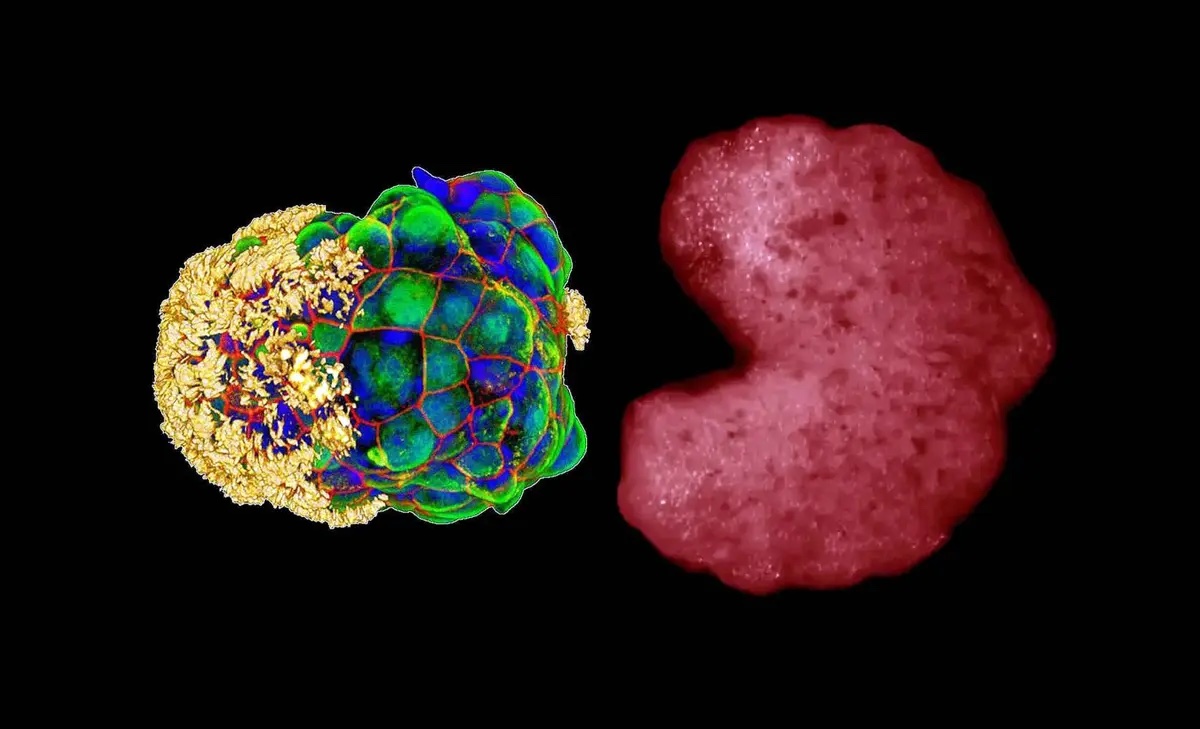In science fiction films like Frankenstein and Re-Animator, the idea of reviving the dead has fascinated audiences for generations. While these tales were once purely fantastical, recent scientific research suggests a similar phenomenon may be occurring in real life—a “third state” of existence that lies between life and death.
Researchers have found that after an organism dies, some of its cells can continue functioning. Even more remarkably, these cells can sometimes acquire new capabilities they never exhibited while the organism was alive.
This third state challenges the traditional binary view of life and death. If confirmed through further studies—especially in human cells—it could even force a reexamination of the legal definition of death.
The study, published in the journal Physiology, was conducted by Professor Peter Noble from the University of Washington in Seattle and Alex Pozhitkov from the City of Hope National Medical Center in California. The researchers describe this third state as a biological limbo in which cells, under the right conditions, can transform into new multicellular organisms with novel properties.
When provided with nutrients, oxygen, bioelectricity, or biochemical signals, certain cells in dead organisms can reorganize and display entirely new functions. This surprising adaptability has been supported by a growing number of experiments.
In 2021, scientists discovered that skin cells from dead frogs could adapt to laboratory conditions and form entirely new life-forms known as xenobots. These biological machines, though composed entirely of living cells, moved through their environment using hair-like cilia and performed actions such as self-healing, material collection, and even limited replication.
Unlike traditional machines built from synthetic materials, xenobots are biocompatible and biodegradable, offering a safer and more sustainable option for biological engineering.
In a similar breakthrough, researchers demonstrated that human lung cells could self-assemble into tiny multicellular structures called anthrobots. These entities, ranging in size from the width of a human hair to the tip of a pencil, have shown an ability to repair nearby nerve cells and self-heal.
Anthrobots may one day be deployed inside the body to deliver targeted medical treatments, dissolve arterial plaque, or clear mucus in patients with respiratory conditions—all without triggering an immune response, since they are made from the patient’s own cells.
The ability of cells to function after death hints at undiscovered biological mechanisms. Some scientists speculate that internal electrical circuits—channels and pumps—might play a key role, enabling cells to communicate and organize even after an organism has died.
Environmental factors such as temperature, energy availability, and the biological characteristics of the deceased organism—such as age, health, and species—also seem to affect whether cells can enter and persist in this third state.
The third state opens up entirely new areas of research in cell biology, regenerative medicine, and biotechnology. Its applications could lead to revolutionary medical treatments, especially in personalized medicine where anthrobots made from a patient’s own tissues could perform specific functions inside the body safely and effectively.
Importantly, both xenobots and anthrobots have built-in limits—they break down naturally within a few weeks, ensuring they cannot grow uncontrollably or persist outside the lab.
This transformative discovery not only pushes the boundaries of how we define life and death but also paves the way for innovations that could one day reshape how we treat disease, understand development, and interact with living systems.
Understanding and harnessing the third state of life could be a key step toward redefining biology as we know it.
By Impact Lab


